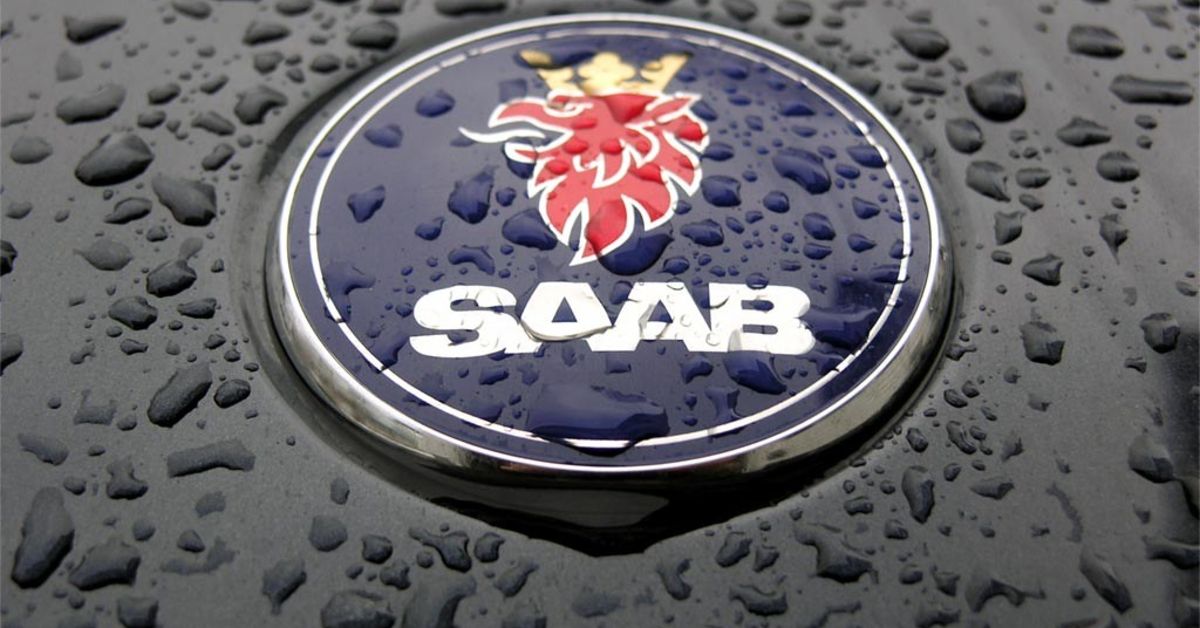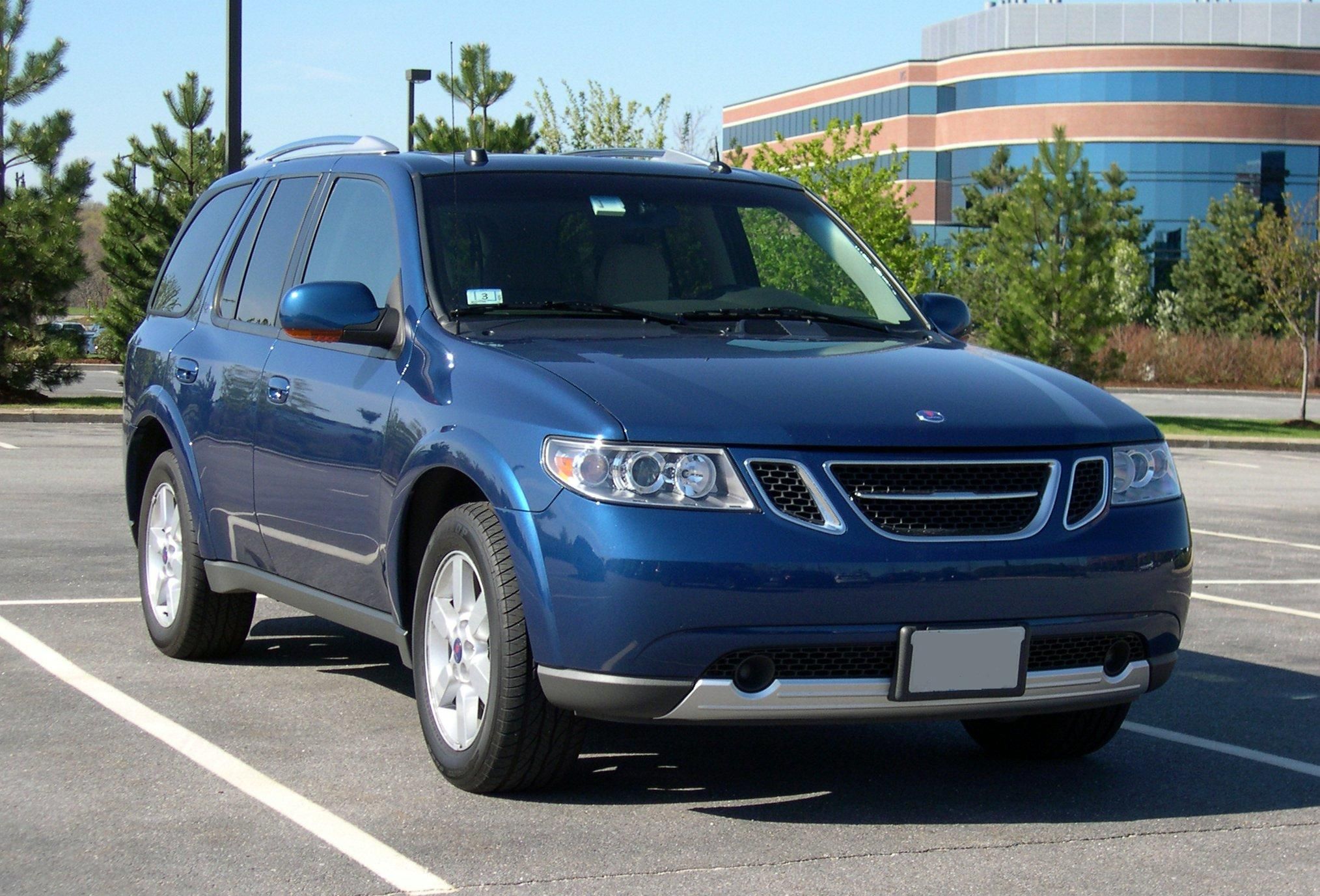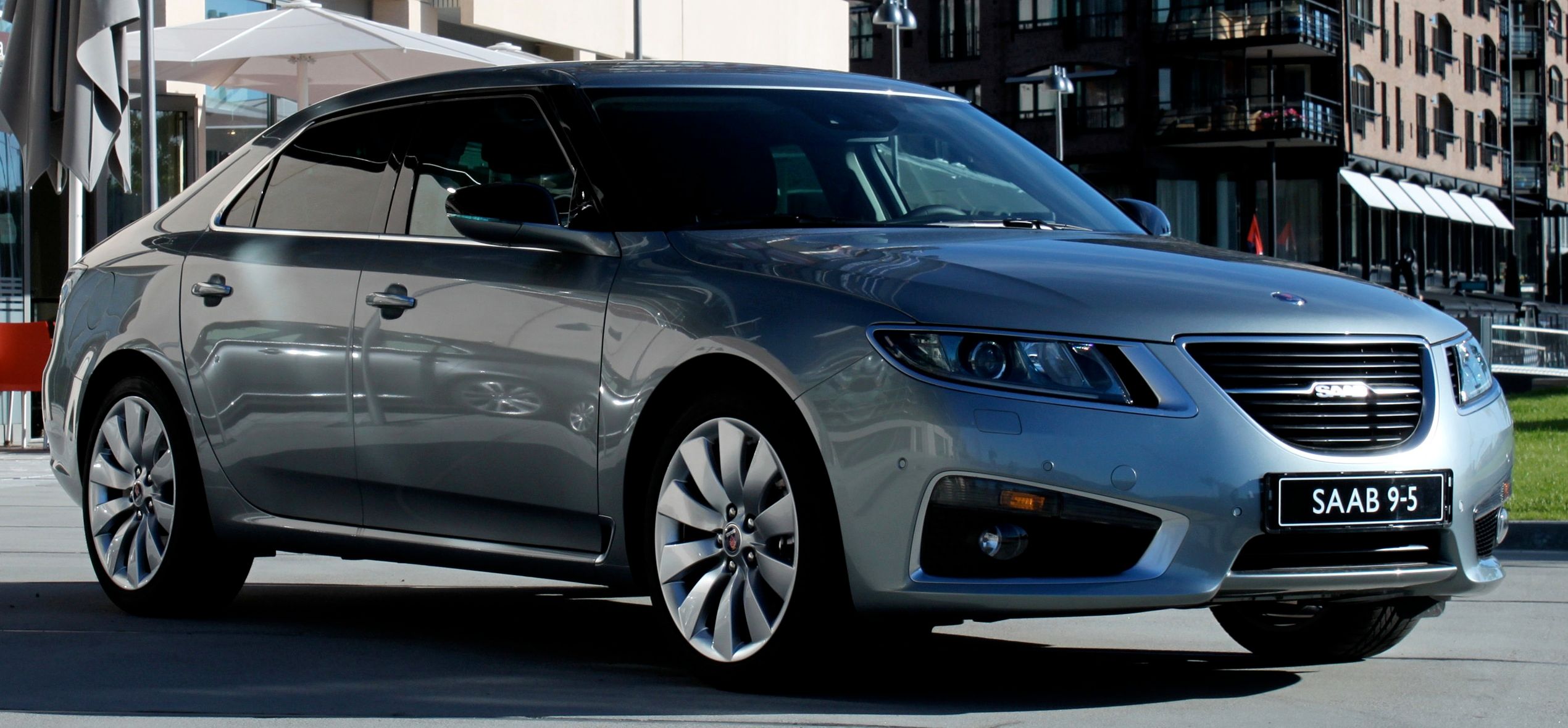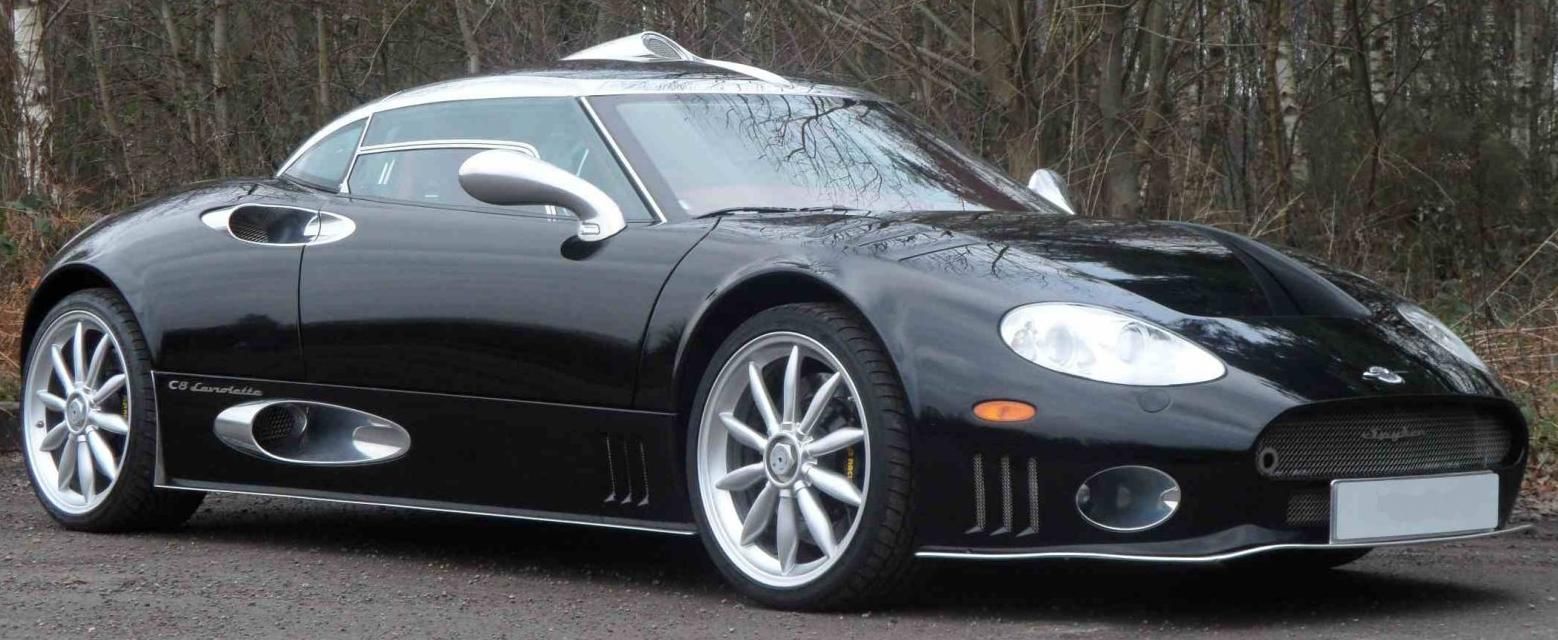Ah, Sweden, the home of Spotify, ABBA, the northern lights, and, of course, IKEA. Oh, and let's not forget those meatballs. Those things are so good!
While all of these Swedish gifts to the world are great, we should also remember that Sweden has given us plenty of great cars. Specifically, they've given us exceptionally safe cars in the form of Volvos. It truly goes without question that Volvos rank among the safest passenger vehicles that money can buy.
In fact, eleven of their current models have received 5-star safety ratings, and their Volvo XC90 has obtained the title of "Safest Car In The World". So apparently, Volvo knows a thing or two about how to keep us safe.
Now, while Volvo is currently alive and kicking, there was a like-minded Swedish car manufacturer that is no longer with us. We are, of course, referring to the automaker Saab, which had closed its doors back in 2011.
For those of you who aren't familiar with the brand, Saab provided stylish, quirky, and very safe vehicles for consumers to purchase. Like many other failed car companies, money was part of their demise. Unlike those other brands, however, part of the reason Saab failed was that it tried too hard to keep its customers safe.
Here's the actual story behind why Saab had to close its doors for good.
Slow Sales Were To Blame At First
The real issues for Saab began way back in the early 2000s. It was during this time that General Motors decided that it wanted to move from the position of investor to that of majority shareholder. So, in 2000, GM purchased the remaining shares of Saab and was able to turn the Swedish automaker into a fully owned subsidiary. Shortly after the American automaker had made this $125,000,000 purchase, they began to introduce Saab's engineers to some of their own designs.
The result was the creation of the Subaru Impreza-based 2005 9-2X and the Chevrolet Trailblazer-based 2005 9-7X. Unfortunately for Saab, they weren't able to shift many units, and both models were classified as commercial failures. This prompted the parent company to scrap future replacement models for these cars, as well as a new hatchback and wagon that was set to release soon after. As you can imagine, many of GM's executives did not view this as a good start to the reorganized partnership.
GM And Saab Executives Didn't See Eye To Eye When It Came To Safety
In addition to all of this financial turmoil, there was also another problematic situation that was brewing. In addition to the models that had recently failed, GM was also pushing for Saab to incorporate designs from Vauxhall's lineup (like that of the Vectra) into their own lineup. The problem with this was the fact that executives and engineers at Saab considered Vauxhall's technology to be less than adequate; especially, when it came to safety.
Nevertheless, GM mandated that Saab was to take the Vauxhall Vectra and change nothing but the badges and the body...or else. Despite the threat, Saab went ahead and changed practically everything to ensure that the vehicle would achieve top ranks in safety.
They even developed their own navigation/entertainment system at great expense to GM! Because of the cost to manufacture the vehicle in question (the new 9-3), Saab was losing money hand over fist with every bit of stock that they moved. Once again, GM was extremely displeased with the turnout.
And Then There Was The 2007-08 Financial Crisis...
Soon after all of this, the auto manufacturer was dealt yet another heavy-handed blow, namely, the 2007-08 financial crisis. Like practically every other automaker, both General Motors and Saab were blindsided by these events.
Things got so bad, in fact, that by the end of '08, GM had decided to put Saab into administration (along with a number of other GM-owned brands). Sadly, in 2010 the plug was officially pulled, and GM sold Saab to the highest bidder.
The company that had purchased Saab from GM was famed Dutch supercar maker Spyker. Realizing that resurrecting the Saab brand would prove no easy feat, Spyker understood that it needed to push Saab's newest model (the 9-5) onto showroom floors as fast as possible. Unfortunately, the repercussions of these rushed actions saw the car sold at the expense of quality. The outcome was yet another commercial flop from the Swedish carmaker.
Despite Spyker's Best Efforts, It Wasn't Enough To Keep Saab Afloat
This final failure proved to be the last nail in the coffin for Saab. Soon after the dismal launch of the redesigned 9-5 had passed, the company officially closed its factory doors for good in December 2011. While a Chinese firm did attempt to purchase Saab soon afterward, the sale was halted by GM.
The reason for the interference was that they did not want their intellectual property to be sold to a Chinese company due to fears of unfair market advantages. For the next couple of years, GM and Spyker would be pitched in a fierce legal battle that would last until 2013.
Although the eccentric Swedish automaker is gone for the foreseeable future, this does not mean that we should forget about Saab entirely. After all, it's not too often that a company is literally willing to go bankrupt in order to keep its consumer base safe.
With the exception of Volvo, you'd probably be hard-pressed to find a car company that cares so much about its customers' collective safety. Because of this mentality, Saab should go down in the history books as one of the world's most caring automotive manufacturers.





